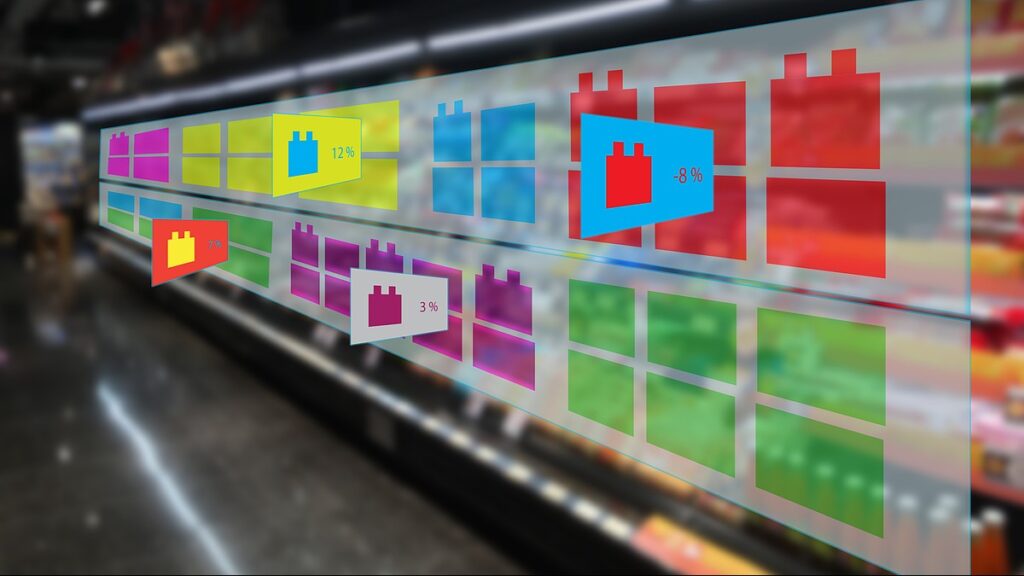
If world events over the past couple of years taught (and continue to teach) the business world anything, it’s that people can absolutely work and abundantly shop the telecom space from the comforts of home. On top of that, they’ve made it quite clear that they will continue doing both at an accelerated pace, especially the shopping. So, what does this trend mean for the telecom retail space?
First and foremost, it means the entire telecom online, and in-store retail experience must be upgraded to an immensely interactive one that attracts and retains younger consumers, especially Millennials, Gen Z, and the rising Gen Alphas. For these uber tech-savvy individuals and groups, a primarily stagnant brick-and-mortar store or low-tech website isn’t going to cut it moving forward. So, what’s next?
Virtual Telecom Experiences
Telecom retailers need the right technology to take advantage of 5G and AR/VR to address shifting consumer shopping behaviors quickly. This will enable them to create engaging XR experiences that capture consumers, allowing them to find, compare and purchase telecom products like never before. At its core, what makes telecom’s extended reality (XR) immersive experiences better than other customer interactions are enhanced phone comparisons and visual looks at “what’s in the box,” avatar-based engagements, expanded customer touchpoints, contactless interactions, and more.
In the virtual reality (VR)-powered retail experience, retailers can offer an end-to-end smart “endless aisle” to deliver the finest customer engagement. A web VR-enabled solution recreates and enhances the retail store shopping experience by providing a more intuitive and fun-filled solution, enabling customers to basically enjoy a “telecom retail shopping experience on steroids” from their homes or anywhere. This can be done with:
• Endless infrastructure to accommodate more products and services
• Artificial Intelligence (AI)-driven conversational interactions to support customers throughout the shopping journey
• Engagement zones to improve brand and loyalty
• Extended partner ecosystem
• Seamless integration with the in-store experience
• An immersive and contextualized shopping experience
To amp up the brick-and-mortar store, an AR-powered in-store solution provides a more engaging and immersive retail experience en-route and at the store. This solution offers an AR-driven “gamified” in-store experience with capabilities to point and discover using a cell phone and a “try-before-you-buy” AR experience. Retailer and consumer benefits include:
• Monetized partner ecosystem
• End-to-end contactless shopping experience
• Extended VR home experience to in-store
• Unique and engaging e-commerce experience
• Customer experience-based segmentation
An In-Store, Digital “What”?
To take the in-store shopping experience even further, especially when stores are super busy, retailers with the right technology and solutions can deliver an AI-powered conversational/interactive digital wall. This live, sales clerk-less solution provides an immersive and conversational experience for improved product exploration and purchase journeys at retail outlets. Some dual benefits include:
• Personalized shopping
• Virtual product lift and comparer
• In-store ID/facial recognition
• Product bundles
• Next-generation payments
• In-store delivery bots
And for retailers…
Robust analytics provide real-time data-driven insights and actionable intelligence. From this information, retailers can deliver customer segmentation and positioning improvements, better track and measure shopper behavioral patterns, gauge the effectiveness of in-store promotions, identify high and low activity zones and product popularity, and streamline store operations. Having performance indicators and analytics representing customer behavior and perceived experiences gives retailers the base to enhance the overall experience.
With the right technology in place, this is just the beginning. For starters, there would be reduced operational costs at telecom retail stores and improved customer satisfaction and NPS scores, leading to enhanced customer acquisition through gamification, rewards, and loyalty programs.
There would also be a faster cycle time in consumers making purchasing decisions thanks to improved upsell and cross-sell opportunities, and more effective marketing campaigns, all due to personalized content and experiences stemming from AI.
Lastly, retailers would see improvement in top-line growth due to increased in-store foot traffic and revenue and online sales by providing a one-stop digital shop to procure products and services.
Taking the shopping experience to the next level
In a nutshell, consumer telecom shopping and buying behaviors are shifting at blinding speed, and it’s up to telecom retailers to change and adapt. Implementing the right XR technology that takes advantage of 5G and AR/VR for more engaging virtual and in-store experiences will take both the consumer telecom shopping experience and sales revenues to an entirely new level.